Neuroscience

Neurotransmitter receptors function via various G-protein coupled and G-protein independent mechanisms that activate downstream intracellular signaling pathways such as cAMP/PKA, PI3K/AKT, phospholipase A2, and phospholipase C pathways. For instance, dopamine receptors act through adenylate cyclase to activate PKA and other signaling molecules, thereby mediate gene expression through the actions of CREB and other transcription factors. Other neurotransmitters such as NMDAR or AMPAR are associated with ion channels that control flux of Ca2+ and Na+, thus propagating the action potential across the post-synaptic neuron.
Dysfunctions in GABAergic/glutamatergic/serotonergic/dopaminergic pathways result in a broad range of neurological disorders such as chronic pain, neurodegenerative diseases, and insomnia, as well as mental disorders including schizophrenia, bipolar disorder, depression, and addiction.
-
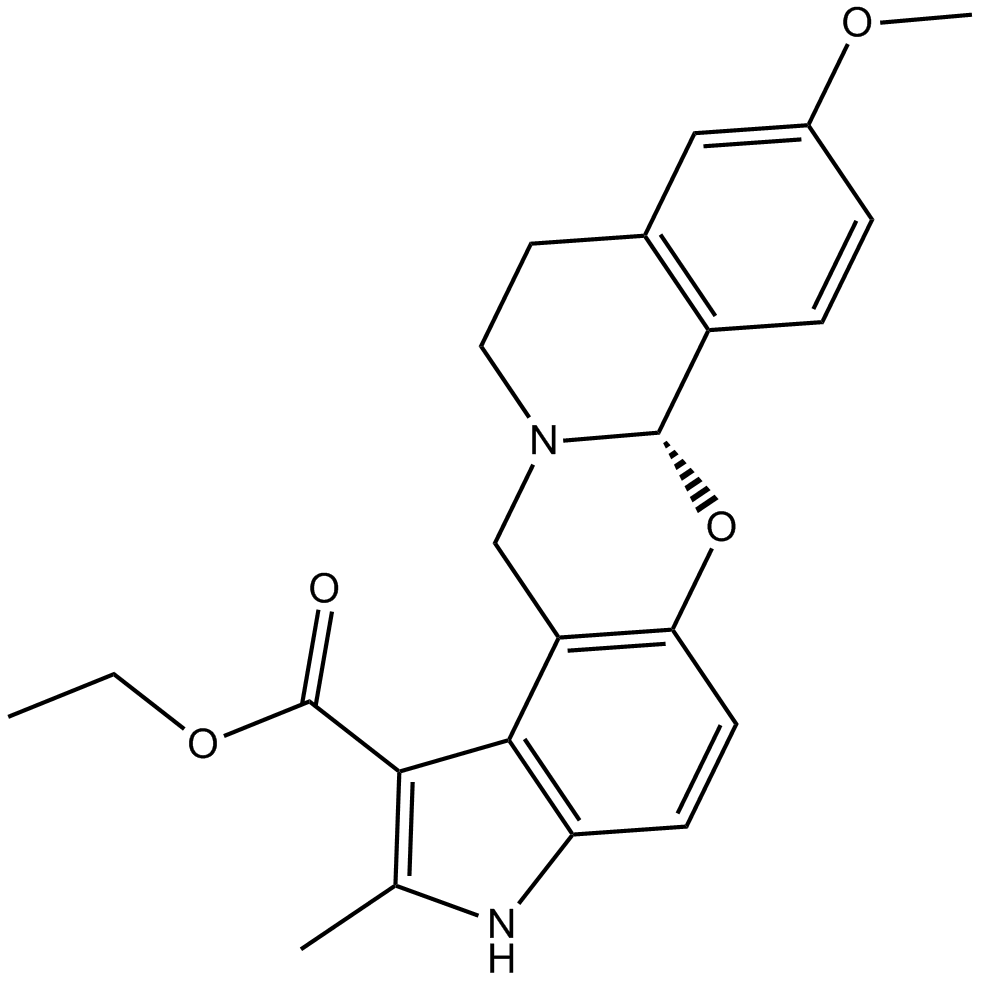 B6821 PD 102807Summary: M4 muscarinic receptor antagonist
B6821 PD 102807Summary: M4 muscarinic receptor antagonist -
 A1112 Nitric Oxide Synthase (599-613) Blocking Peptide, Bovine Endothelial CellSummary: Blocker of NO production
A1112 Nitric Oxide Synthase (599-613) Blocking Peptide, Bovine Endothelial CellSummary: Blocker of NO production -
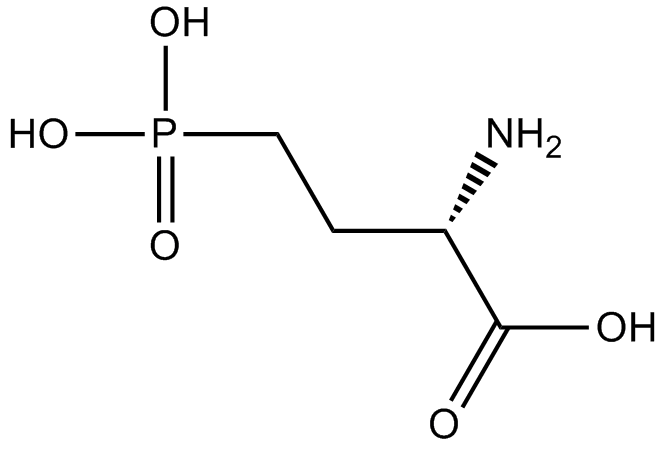 B6202 L-AP4Summary: group III metabotropic glutamate receptor agonist
B6202 L-AP4Summary: group III metabotropic glutamate receptor agonist -
 A3926 VortioxetineTarget: 5-HT1 Receptors|5-HT7 Receptors|5-HT3 Receptors|SERTSummary: 5-HT receptors antagonist
A3926 VortioxetineTarget: 5-HT1 Receptors|5-HT7 Receptors|5-HT3 Receptors|SERTSummary: 5-HT receptors antagonist -
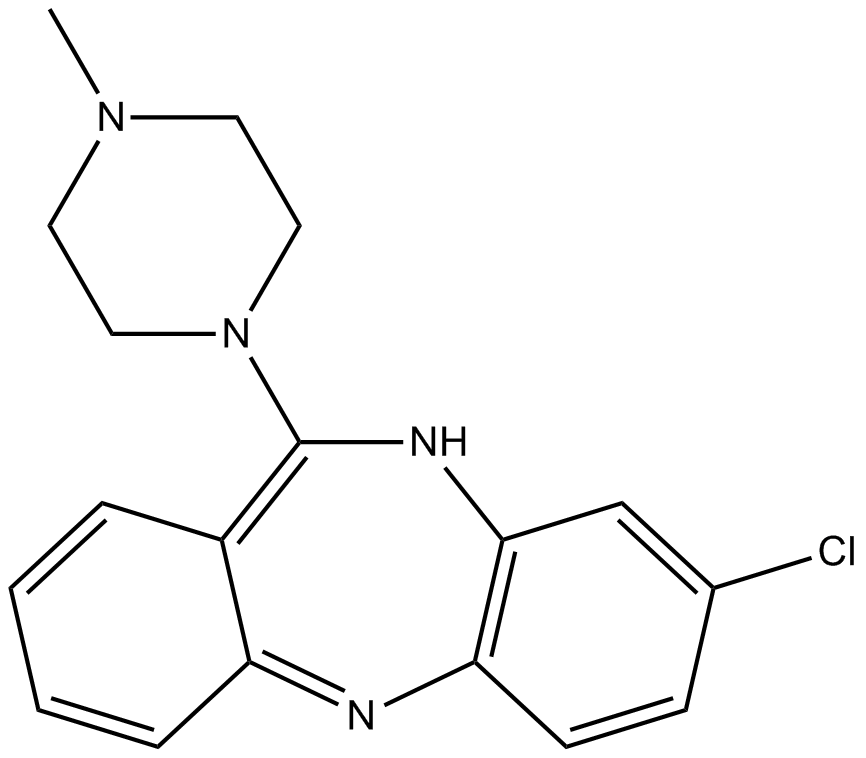 B2235 ClozapineTarget: 5-HT2 Receptors|D1 and D5 Receptors|D2 Receptors|D3 Receptors|5-HT1 Receptors|D4 ReceptorsSummary: 5-HT receptor antagonist
B2235 ClozapineTarget: 5-HT2 Receptors|D1 and D5 Receptors|D2 Receptors|D3 Receptors|5-HT1 Receptors|D4 ReceptorsSummary: 5-HT receptor antagonist -
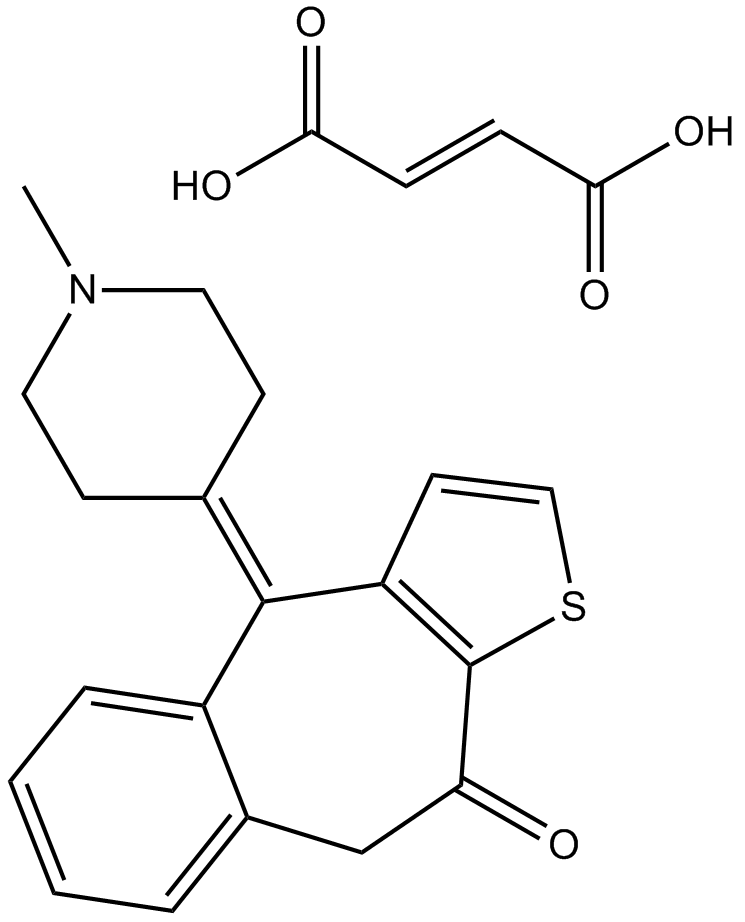 B1562 Ketotifen FumarateSummary: Histamine H1 receptor antagonist
B1562 Ketotifen FumarateSummary: Histamine H1 receptor antagonist -
 B1450 NabumetoneSummary: COX inhibitor
B1450 NabumetoneSummary: COX inhibitor -
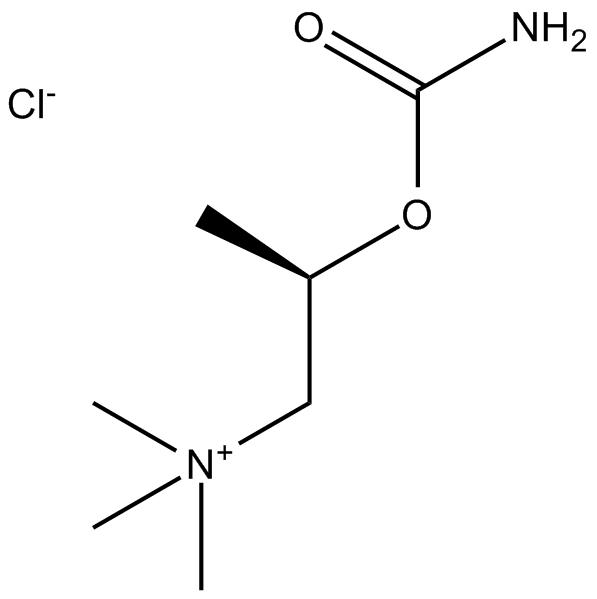 B1599 Bethanechol chlorideSummary: Muscarinic receptor agonist
B1599 Bethanechol chlorideSummary: Muscarinic receptor agonist -
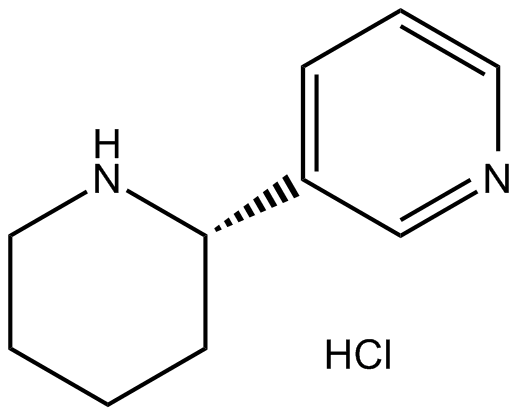 B6903 (+)-Anabasine hydrochlorideSummary: neuronal nicotinic ACh receptor partial agonist
B6903 (+)-Anabasine hydrochlorideSummary: neuronal nicotinic ACh receptor partial agonist -
 B6201 D-AP4Summary: broad spectrum excitatory amino acid receptor antagonist
B6201 D-AP4Summary: broad spectrum excitatory amino acid receptor antagonist

